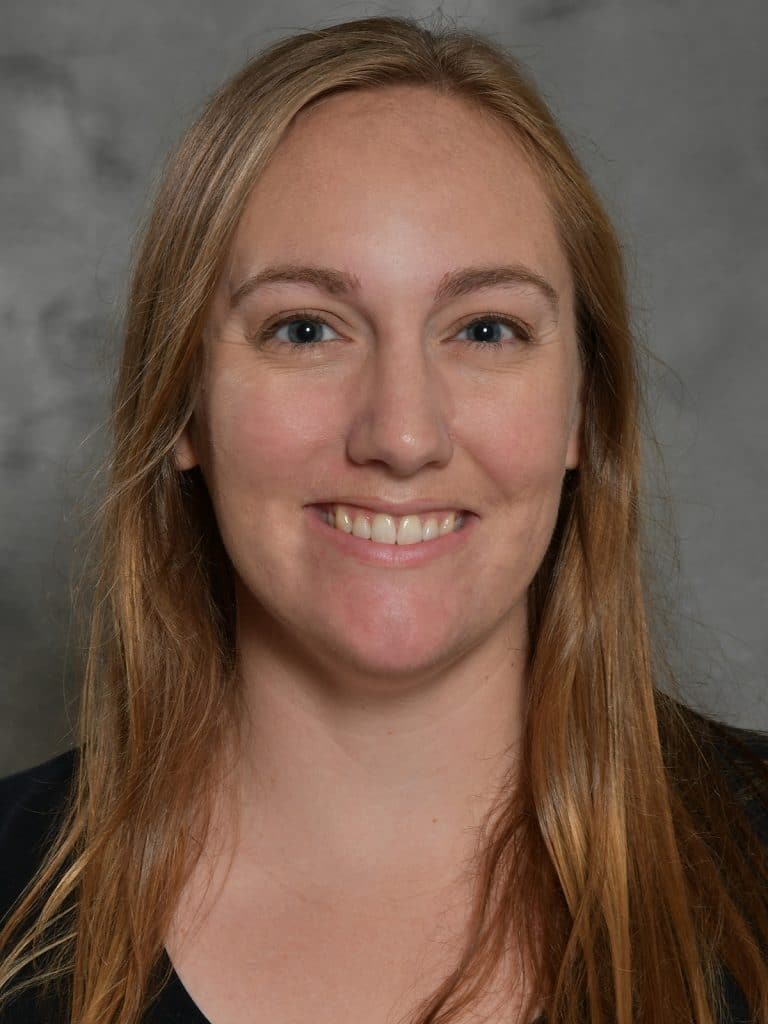Crops: Corn for grain Corn for silage
4R Practices: Source Rate Time Place

Lead Researcher:
Dr. Lindsay Pease
Assistant Professor and Extension Specialist in Nutrient and Water Management
University of Minnesota
Start Date: 2020
End Date: 2024
Collaborating scientists and universities
- Dr. Amitava Chatterjee, North Dakota State University
- Dr. Jeppe Kjaersgaard, Minnesota Department of Agriculture
- Dr. David Lobb, University of Manitoba
- Dr. Stephen Crittenden, Agriculture and Agri-Food Canada
- Leif Fixen, The Nature Conservancy
- Warren Formo, Minnesota Agricultural Water Resources Center
- Dr. Merrin Macrae, University of Waterloo
- Dr. Heidi Peterson, Sand County Foundation
- Dr. Mitchell Timmerman, Manitoba Agriculture
- Dr. Henry Wilson, Agriculture and Agri-Food Canada
Matching Funds
- Minnesota Rapid Agricultural Response Fund
- Environment Climate Change Canada
- Minnesota Wheat Research & Promotion Council
- Minnesota Corn Research & Promotion Council
- Minnesota Agricultural Fertilizer Research and Education Council
- Red River Watershed Management Board
- University of Minnesota College of Food, Agricultural, and Natural Resource Sciences
- Minnesota Agricultural Water Resources Center
- Minnesota Department of Agriculture Clean Water Fund
Project Summary
Increased grain production in the Northern Great Plains is shifting the traditional range of the North American Corn Belt. At the same time, eutrophication of freshwater lakes is emerging as a critical threat to aquatic ecosystems worldwide. The Red River Basin of the North is currently adapting to new demands in response to both of these changes. Defining and adopting 4R Nutrient Stewardship and edge-of-field (EOF) practices for this cold weather climate across the Red River Basin is critical to reducing the extent and severity of nutrient runoff losses from agricultural land to Lake Winnipeg. Motivating producers to change crop production and nutrient management practices based on environmental impact is difficult in this region since an international border divides source from impact. Increased pressure on Red River Basin farmers has resulted in an urgent need for effective strategies to reduce nutrient runoff. Previous research has shown that the 4R framework can help to meet load reduction goals in Ohio’s similarly flat Western Lake Erie Basin watershed. We propose to evaluate and amend the 4R Nutrient Stewardship Concept for the shifting cropping systems and cold climate of the Red River Basin. A public-private partnership approach involving partners from the US and Canada is proposed to support the long-term success of 4R Nutrient Stewardship and Certification in the Red River Basin.
Project Goals:
- Evaluate the dual water quality and agronomic benefits of 4R Nutrient Stewardship across the Red River Basin.
- Improve performance of the Minnesota Phosphorus Loss Risk Index for the Great Plains Region.
- Develop outreach programming and resources to demonstrate research findings and to engage with stakeholders to support the 4R Certification Program.
Project Results:
- No preliminary results
Annual Reports
